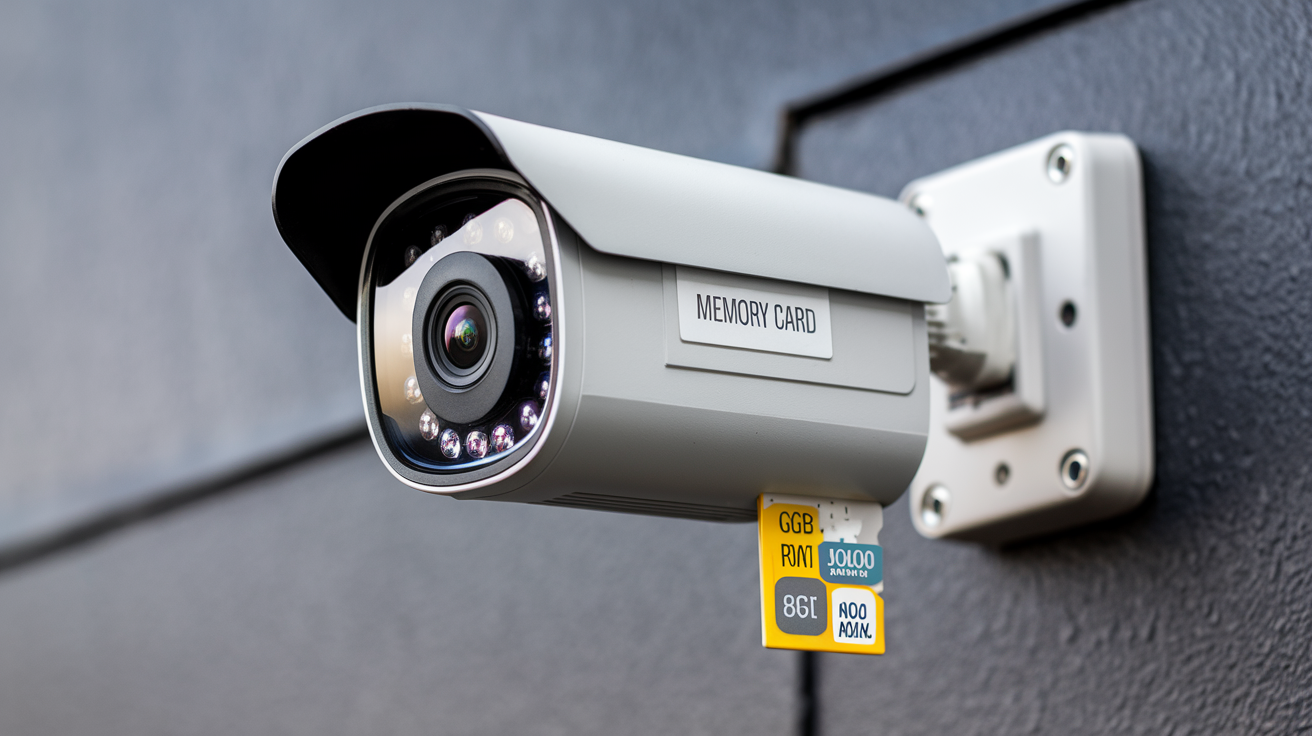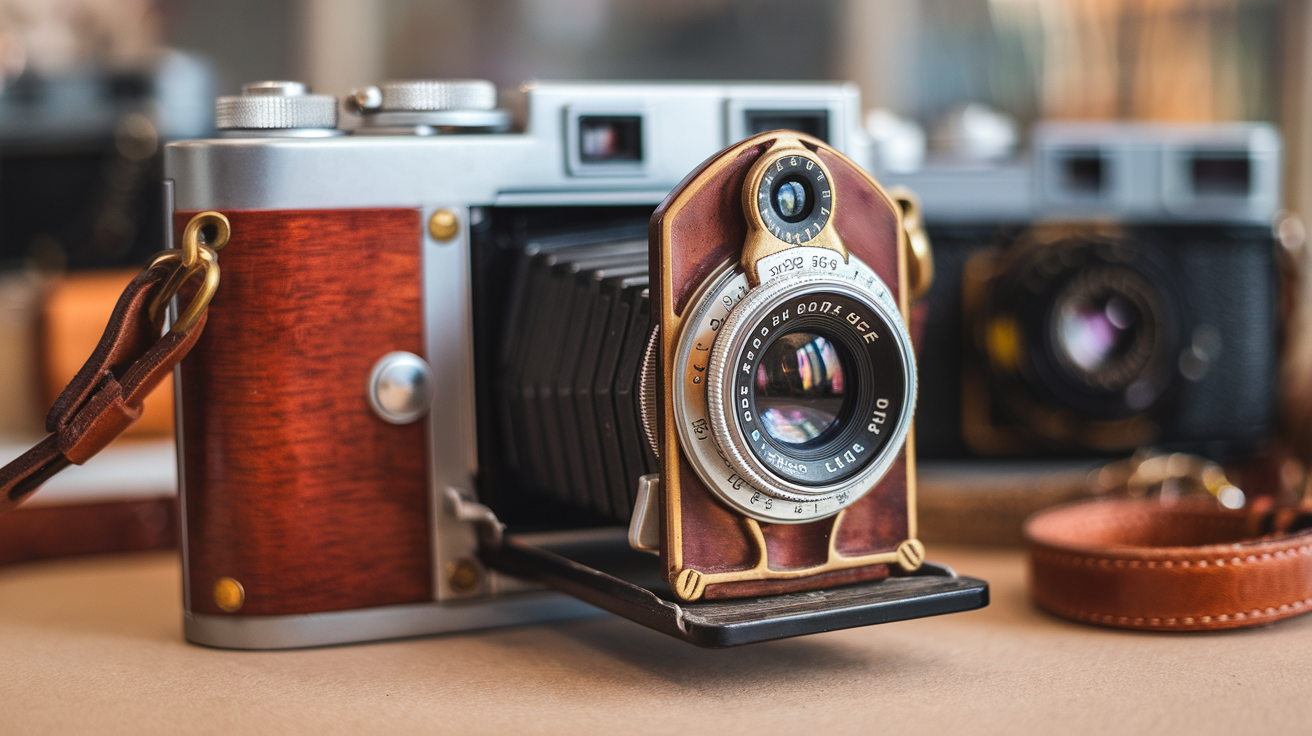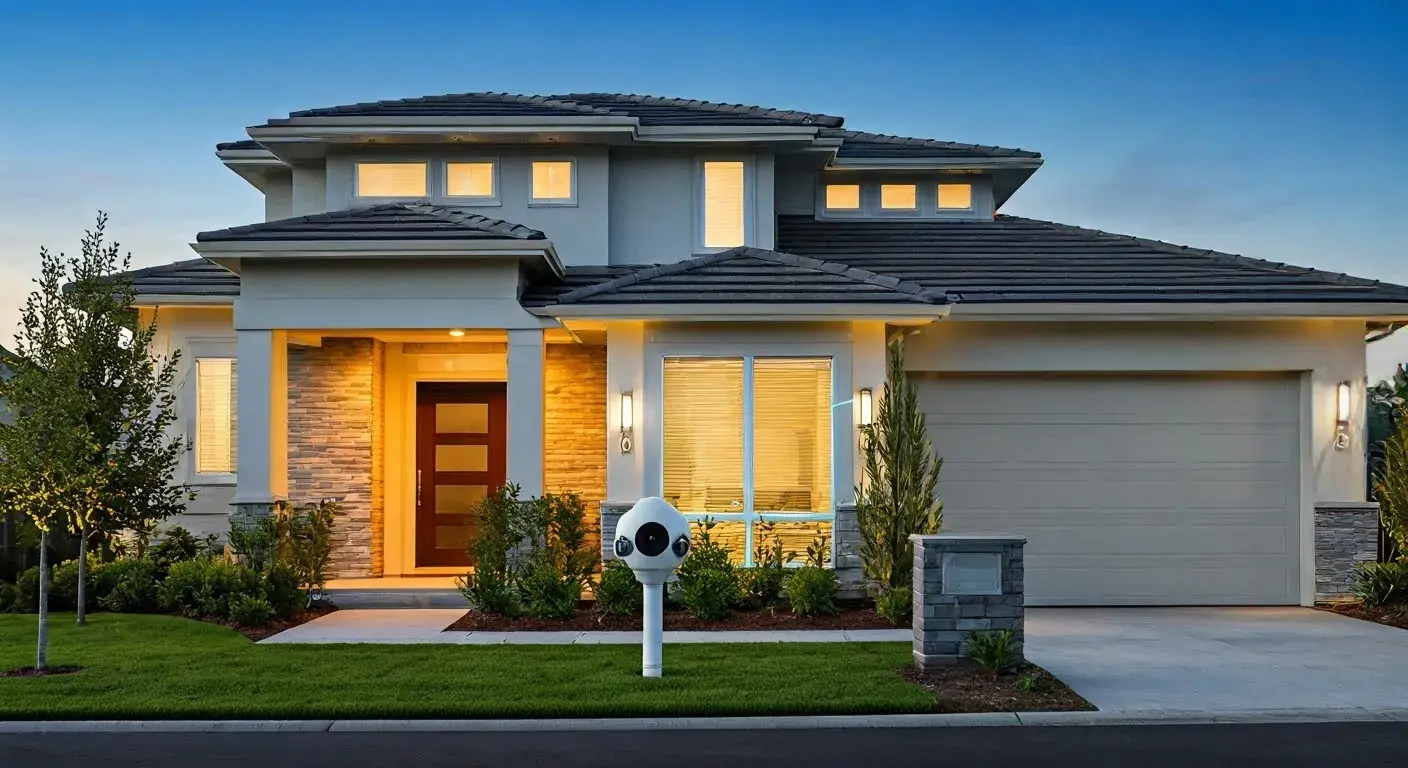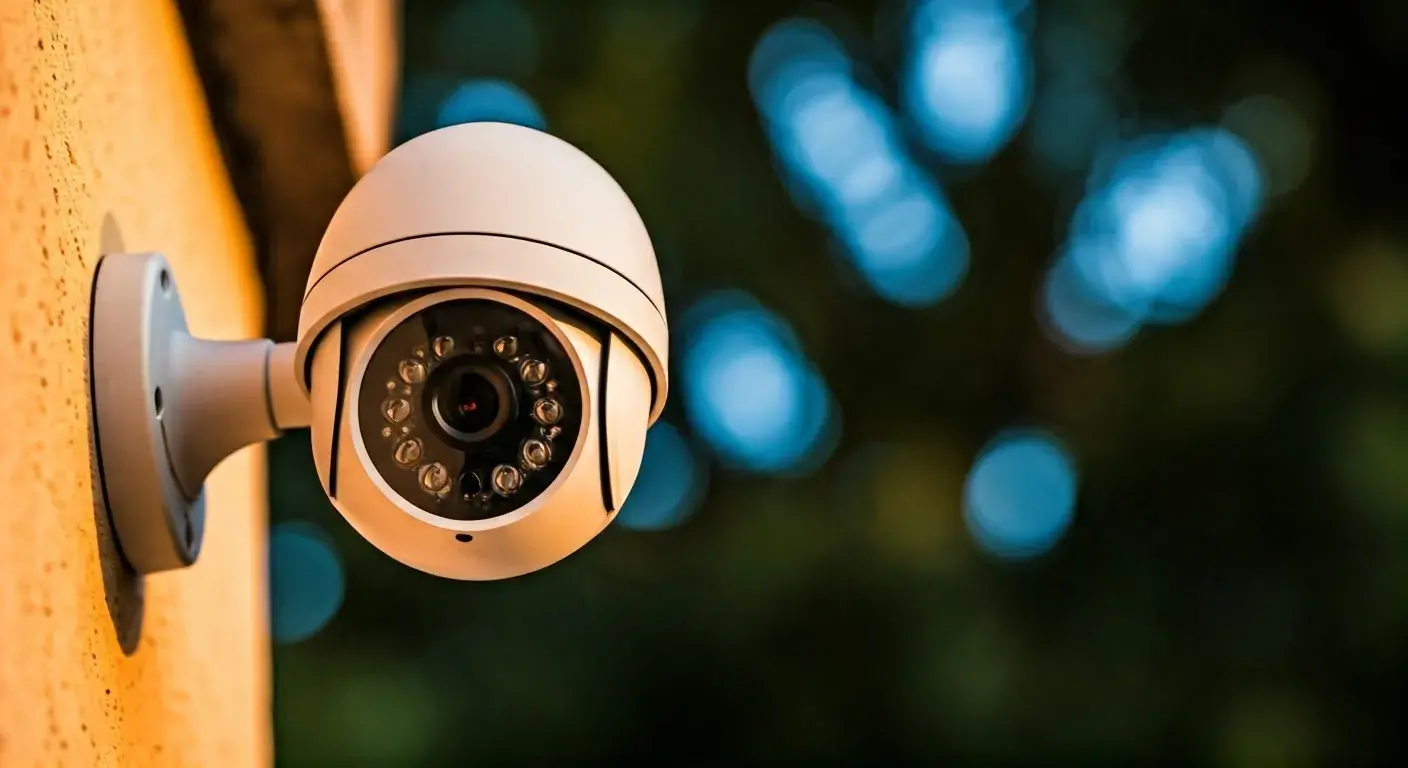If you’re setting up an outdoor security camera, one of the most important decisions you’ll need to make is choosing the right memory card size. Whether you’re monitoring your home for added security or recording wildlife activity, the amount of storage you opt for can make or break how effective your camera setup is.
This breaks down everything you need to know about choosing the right memory card for your outdoor camera, including factors like resolution, recording modes, and video retention times. By the end, you’ll have a clear idea of the perfect storage size for your needs.
Understanding How Outdoor Cams Use Storage
Before jumping into memory card sizes, it’s essential to understand how outdoor cameras use storage. The files generated by your camera will depend on several variables, and different settings can dramatically affect how much space you’ll need.
1. Video Resolution
- The higher your camera’s resolution, the more space it will require for recording. For example:
- 720p (HD) resolution typically uses 500MB of storage space per hour.
- 1080p (Full HD) resolution can consume approximately 750MB to 1GB per hour.
- 4K (Ultra HD) video requires considerably more storage, often up to 4GB per hour.
If your camera supports only standard or HD video recording, a smaller memory card might suffice. However, for 4K cameras, you’ll need a larger card, as the file sizes will fill up your storage quickly.
2. Recording Mode
Outdoor cameras typically operate in one of the following modes:
- Continuous Recording: The camera records every moment, around the clock. While this ensures you don’t miss anything, it consumes storage quickly.
- Motion-Triggered Recording: The camera only records when motion is detected. This is more storage-efficient, especially if your camera is installed in a relatively quiet area.
- Scheduled Recording: Some cameras allow you to record during specific times, further reducing storage usage.
The recording mode you choose will play a significant role in determining how much storage you’ll require. For example, a motion-triggered camera may use just a fraction of the space needed for continuous recording.
3. Compression Technology
Modern outdoor cameras use compression algorithms, such as H.264 or H.265, to reduce file sizes without significantly affecting video quality. Cameras with H.265 compression can save nearly 50% more storage compared to H.264, meaning you’ll get more footage using the same size memory card.
Choosing the Right Memory Card Size for Your Outdoor Camera
Memory cards come in sizes ranging from 8GB to over 1TB. But how much do you need? Here’s a breakdown based on different scenarios, resolutions, and retention times.
1. For Occasional Use or Small Areas (8GB–32GB)
- Best for cameras monitoring low-traffic areas like backyards or quiet rural settings.
- These sizes are ideal for motion-triggered recording, where only a few minutes of video are captured daily.
- Example Use Case:
- A 1080p camera on motion-triggered recording might only fill 4–8GB in a month for a low-activity area.
2. For Moderate Use or Daily Schedules (64GB–128GB)
- Best for cameras monitoring busier areas like front doors, driveways, or shared apartment spaces.
- Suitable for a combination of continuous and motion-triggered recording.
- Example Use Case:
- A 1080p camera recording for roughly 8 hours a day could fill a 64GB card within two weeks.
3. For High-Traffic Areas or Continuous Recording (256GB–512GB)
- Best for those who require 24/7 monitoring in high-traffic areas like storefronts or busy sidewalks.
- Example Use Case:
- A 1080p camera using continuous recording could fill a 256GB card in 2–4 weeks. If your camera records in 4K, a 512GB card might only last 7–10 days.
4. For Professional-Grade or Long-Term Recording (1TB+)
- Best for advanced setups requiring long video retention times or when recording in 4K resolution continuously.
- Typically used in commercial or public security setups.
- Example Use Case:
- A surveillance camera recording 24/7 in 4K could fill a 1TB card in less than two weeks. Using compression technology like H.265 can extend this timeline significantly.
Additional Factors to Consider When Choosing a Memory Card
1. Durability and Weather Resistance
Since outdoor cameras are exposed to the elements, opt for memory cards rated as waterproof, shockproof, and temperature-resistant. MicroSD cards like the SanDisk Extreme or Samsung Pro Endurance are specifically designed for such conditions.
2. Write Speed and Endurance
Outdoor cameras write data frequently, especially during continuous recording. A memory card with a high write speed (Class 10 or UHS-I) is essential to avoid performance issues. Cards labeled as “high endurance” are particularly useful, as they are built to handle the constant writing that comes with security cameras.
3. Loop Recording
Most outdoor cameras use loop recording, where the oldest footage is overwritten when the memory card is full. This means you don’t necessarily need a massive card unless you want extended retention times.
Maximizing Your Camera’s Storage
To make the most out of your storage:
- Adjust Settings: Lowering resolution, reducing frame rates, or limiting recording times can stretch your memory card usage.
- Offload Footage Regularly: Transfer important clips to external storage or cloud services to free up space.
- Consider Cloud Storage: Many outdoor cameras offer cloud storage as an additional backup or alternative to memory cards. This may also allow you to use smaller, more affordable cards.
Which Memory Card Should You Choose?
Here’s an at-a-glance recommendation based on popular use cases:
- Basic Home Security (Low Activity): 32GB card for motion-triggered recording at 1080p.
- Front Door/Driveway (Moderate Activity): 64GB–128GB card for scheduled or daily moderate recording.
- Storefront or High-Traffic Monitoring: 256GB–512GB card for continuous 1080p recording or motion-triggered 4K recording.
- Commercial Surveillance or Wildlife Footage: 1TB+ card for long-term 4K continuous recording.
Final Thoughts
Your outdoor security camera’s performance depends heavily on the memory card you choose. Picking the right card size ensures you’ll never miss important footage while saving you the hassle of constantly clearing storage. By analyzing your recording resolution, mode, and retention needs, you can figure out the perfect size for your setup. Don’t forget to invest in a durable, high-end card to handle the demands of outdoor surveillance.
Need help choosing the best setup for your camera system? Drop your questions in the comments below or consult with our experts to make an informed decision today.






